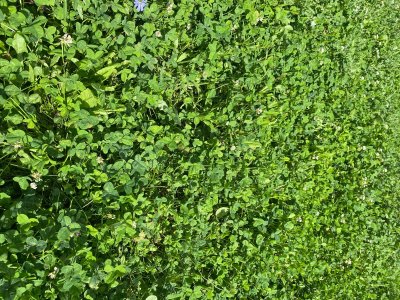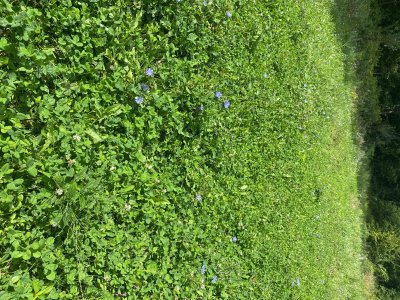Can't say I have ever planted Aberlasting and I am not entirely sure about Frosty Berseem but I believe I at least tried that one out. I have been mixing my own blends of a variety of different clovers for many years. I haven't actually tried to monitor each variety intentionally but my goal is to make sure that one or more varieties will be successful no matter where I plant them...
I almost always mix up at least 3 to 5 different varieties...and one constant is that one of them will always be Medium Red

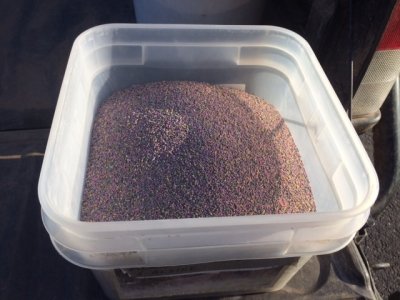
Clovers are actually very easy to grow here in Upper Michigan.
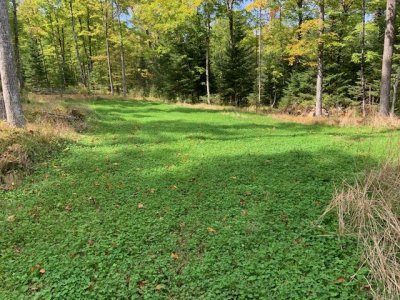
Some varieties I can find locally but some I have to order on-line...
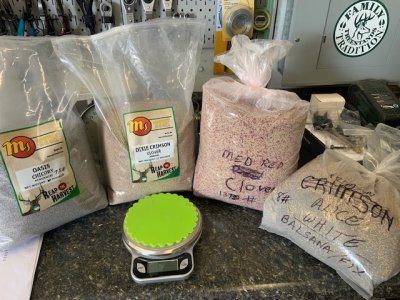
I will almost always drill some cereal rye into my clovers when I am planting my fall grains. It provides a little more fall forage and it is especially good when the snow melts in the spring...
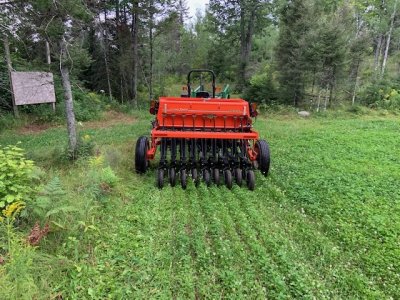
I almost always will plant clovers in the fall with a nurse crop of rye. In the spring (in the plots in wooded areas), I blow out the leaves that may be smothering the clovers with a leaf blower, and then frost seed more clovers in the thin spots.
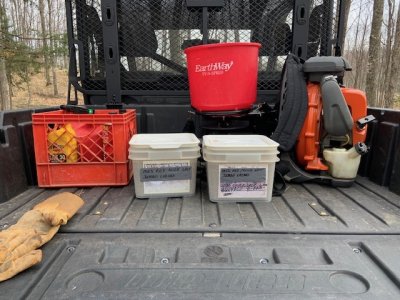
For years I never planted Crimson Clover as I was always told that it would not overwinter. One supplier even told me that he had not stocked any Crimson in at least 40 years. Finally I decided to find out for myself and I bought some from Welters or Merit and found out that Crimson does indeed overwinter very well here....and sometimes even reseeds itself.
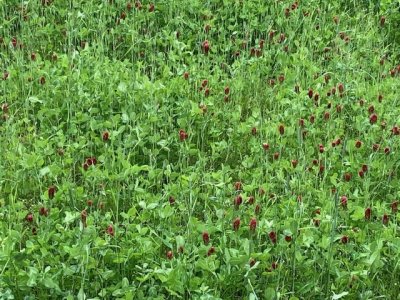
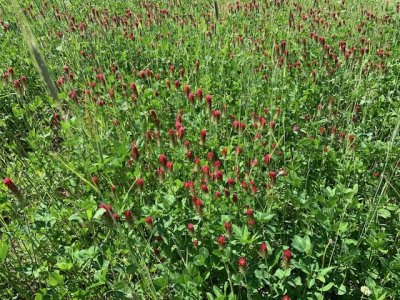
I absolutely agree with
@farmlegend on Birdsfoot Trefoil. Back in the mid-1980's when I first started planting food plots, the DNR and Soil Conservation Districts were touting BT as the Savior of food plotting. IMO they were dead wrong. In 40 years I have never seen any evidence of deer browsing on it and it is extremely invasive. Once you get it, you will have it forever as it is seemingly impossible to eradicate. Apparently some folks do like it as I still see people recommending it from time to time but it has always been nothing but a thorn in my side.









